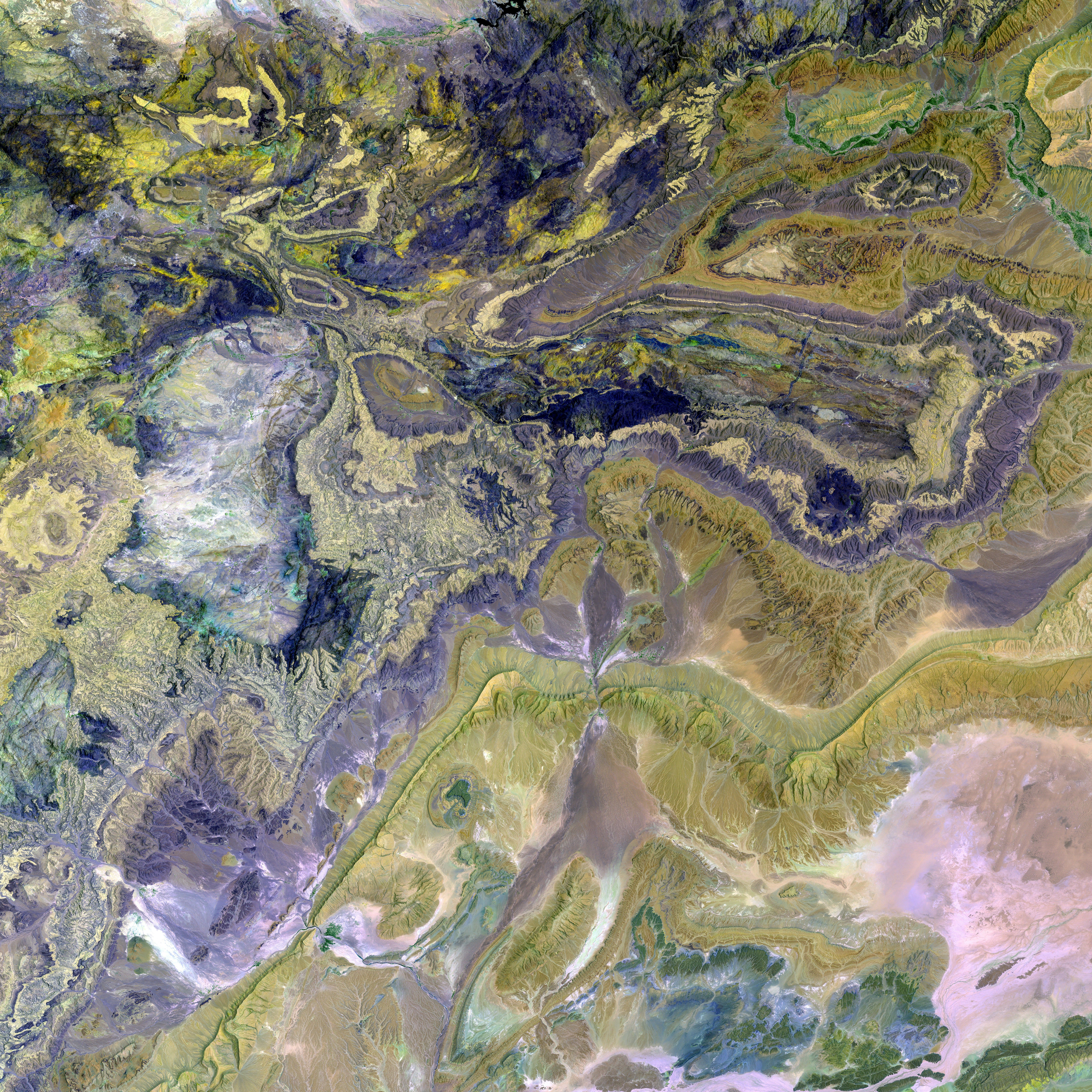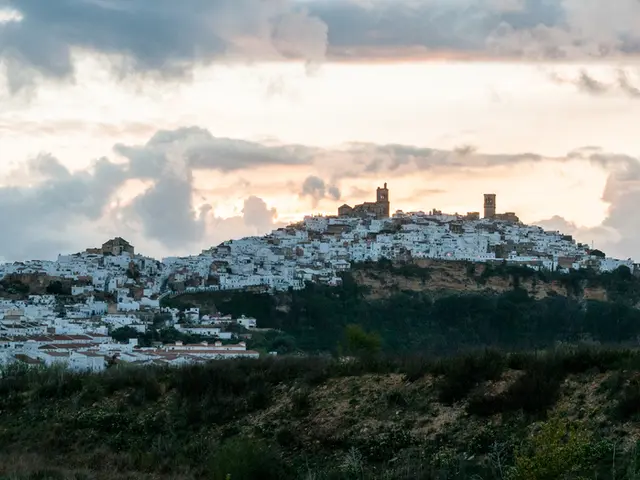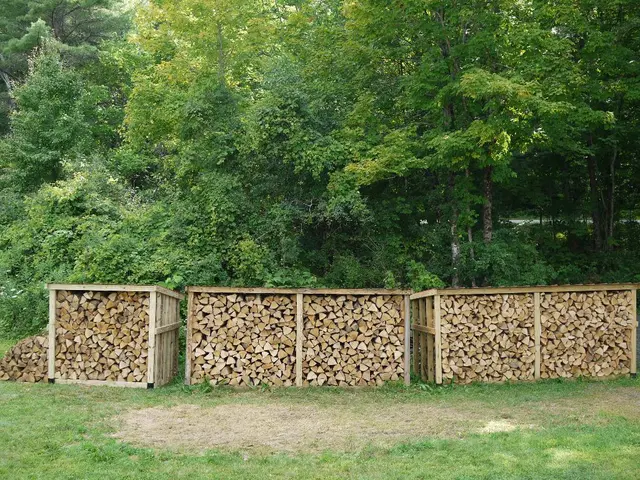Acadia National Park's establishment date.
Established on July 8, 1916, Acadia National Park is one of the most scenic and historically significant national parks in the United States. Initially named Sieur de Monts National Monument, it subsequently became Lafayette National Park in 1919 and Acadia National Park in 1929.
Originally inhabited by the Wabanaki people for millennia, the region saw European settlers arrive in the 17th century, slowly altering the landscape. By the late 19th century, Mount Desert Island became popular with wealthy summer residents who recognized the need to preserve its inherent beauty from unregulated development.
George B. Dorr, known as the "Father of Acadia National Park," was a key figure in the park's creation. Along with Charles W. Eliot and other conservationists, Dorr was instrumental in acquiring and safeguarding land. They established the Hancock County Trustees of Public Reservations in 1901, a group dedicated to conserving land for public use.
In 1916, President Woodrow Wilson designated the area as Sieur de Monts National Monument, marking the first federal protection of the land. Four years later, in 1920, the monument was renamed Lafayette National Park, becoming the first national park east of the Mississippi River. The final name change to Acadia National Park occurred in 1929, in recognition of the region's French Acadian heritage.
Throughout the 20th century, efforts continued to expand and protect the park. John D. Rockefeller Jr. was crucial in these initiatives, donating land and creating the famous carriage roads that remain a defining feature today. The design ensured visitors could appreciate the park's beauty without automobile intrusion.
Today, Acadia National Park encompasses approximately 49,000 acres and draws millions of visitors annually. Featuring scenic shorelines, dense forests, pristine lakes, and granite peaks like Cadillac Mountain, the highest point on the U.S. East Coast, the park stands as a testament to the power of conservation and community effort. Thanks to the dedication of individuals like George B. Dorr and John D. Rockefeller Jr., this natural treasure is preserved for future generations to experience.
References:[1] National Park Service. (n.d.). History & Culture – Acadia National Park. Retrieved April 9, 2023, from https://www.nps.gov/acad/learn/historyculture/index.htm[2] Acadia National Park official website (n.d.). History & Culture. Retrieved April 9, 2023, from https://www.nps.gov/acad/learn/nature/index.htm[3] U.S. Department of the Interior. (n.d.). Acadia National Park. Retrieved April 9, 2023, from https://www.doi.gov/acadianationalpark[4] Maine State Museum. (n.d.). Acadia National Park. Retrieved April 9, 2023, from https://www.mainestatemuseum.org/acadia-national-park[5] National Geographic. (n.d.). Acadia National Park. Retrieved April 9, 2023, from https://www.nationalgeographic.com/travel/destinations/north-america/usa/maine/acadia-national-park/
Related Posts:- List of National Parks in Australia- List of National Parks in the United States (2025)- America The Beautiful Pass List of National Parks- America The Beautiful Pass
- The Wabanaki people originally inhabited the region where the national park, Acadia, now stands, a natural treasure that spans across 49,000 acres.
- As one of the oldest national parks in the United States, Acadia National Park showcases a rich history and a scenic landscape, attracting millions of visitors every year.
- Acadia National Park, with its pristine lakes, dense forests, and granite peaks, is a testament to the power of conservation efforts and community contributions.
- Established in 1916, Acadia National Park, initially known as Sieur de Monts National Monument, has undergone multiple name changes, including Lafayette National Park and its current name, Acadia, in recognition of the region's French Acadian heritage.
- The park's creation was largely due to the efforts of George B. Dorr, known as the "Father of Acadia National Park," and other conservationists who acquired and safeguarded land for public use.
- John D. Rockefeller Jr. was instrumental in expanding and preserving Acadia National Park, donating land and creating the famous carriage roads that still define the park's allure today.
- In addition to visiting Acadia National Park for its remarkable natural beauty, travelers may also be interested in exploring related topics like the history, home-and-garden, and lifestyle of the region.
- For those planning a trip, checking national park maps and the park's official websites can provide valuable information and suggestions for making the most of their visit to this gem of national parks, located on Mount Desert Island.







